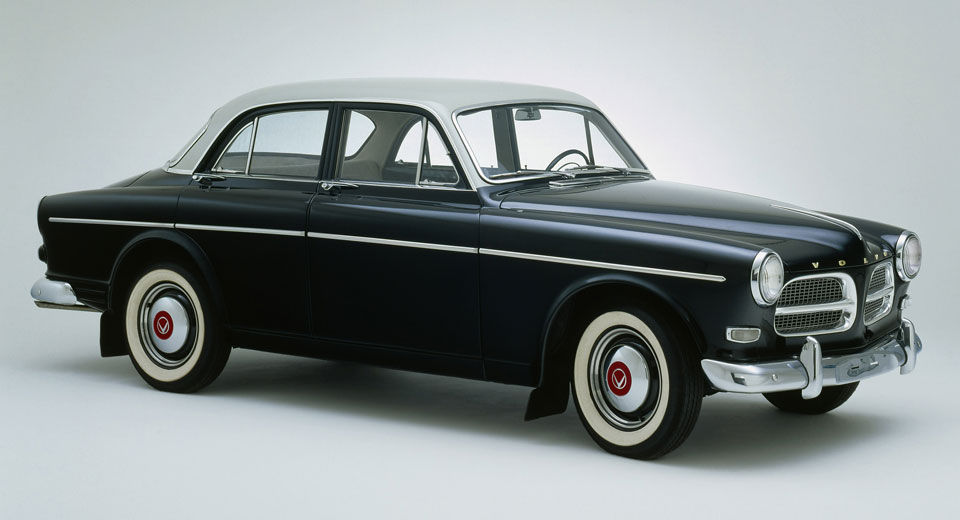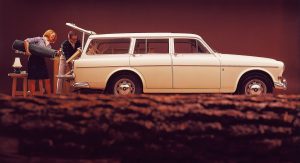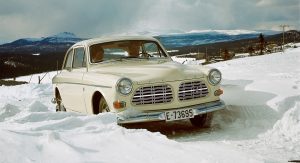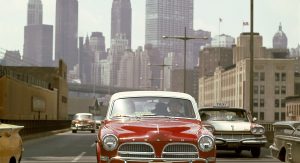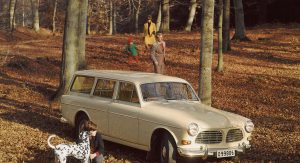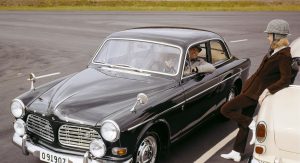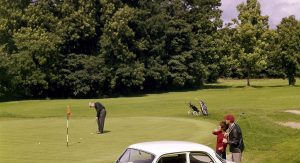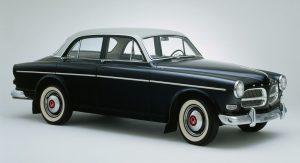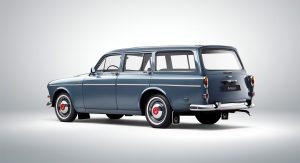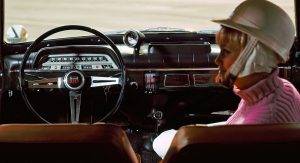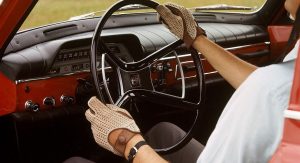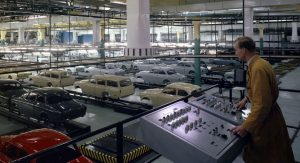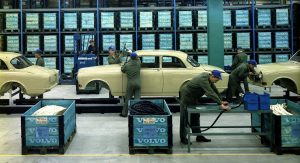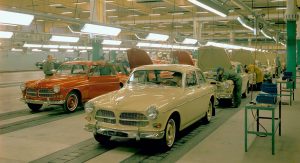The Swedish automaker feted 30 years since the introduction of the 480 ES earlier this year, the 25th anniversary of the 850 just this past June, and the 50th birthday of the 140 series just a few weeks ago. Now it’s time to look back at the Amazon, which hit the scene 60 years ago.
Launched in Örebro, Sweden, the first weekend of September, 1956, the Volvo Amazon became one of the company’s most iconic models. It was designed by the carmaker’s longtime stylist Jan Wilsgaard, who was only 26 years old at the time but went on to design the 140, 240 and 700 series, and only passed away recently at the age of 86.
Following the PV444, the Amazon was only Volvo’s second post-war model. But because the German motorcycle manufacturer sold a moped called Amazone, Volvo was forced to use a different nameplate in many markets. So the standard model was sold as the 121, the more powerful sport model (launched in ’58 with 85 horsepower) as the 122, the wagon (from ’62) as the 221, and the sport wagon as the 222.
Volvo slotted in the 115-hp engine from the 1800S) to make the 123 GT in ’67, Belgian coachbuilder Jacques Coune even built a handful of 122S Cabriolets following its debut at the Geneva Motor Show in ’63, and Volvo even toyed with the idea of building a V8 model with a truck engine. The Amazon was also the first vehicle to feature three-point seat belts, way ahead of its time and paving the way for Volvo’s pioneering role in vehicle safety.
Though the subsequent 140 series was supposed to replace it in 1966, Volvo kept the Amazon in production through 1970, extending production to additional sites in Canada, South Africa, and Belgium. By the end of its lifecycle, Volvo built 667,791 examples, with the last one put in the company museum in Gothenburg.



